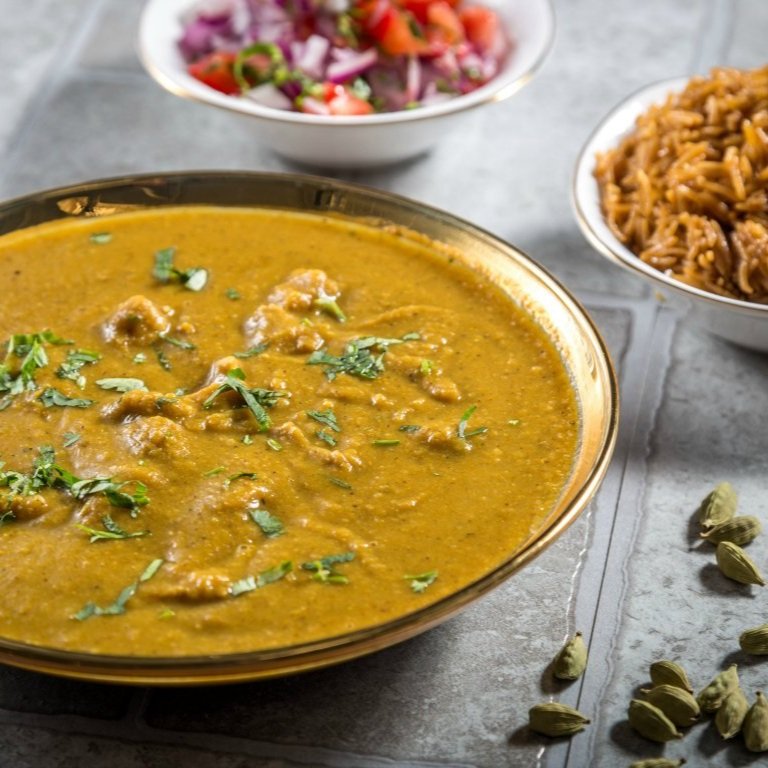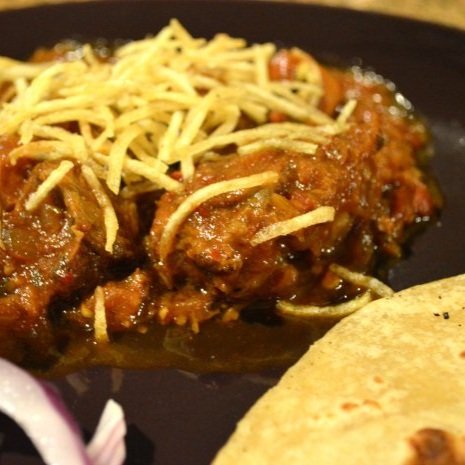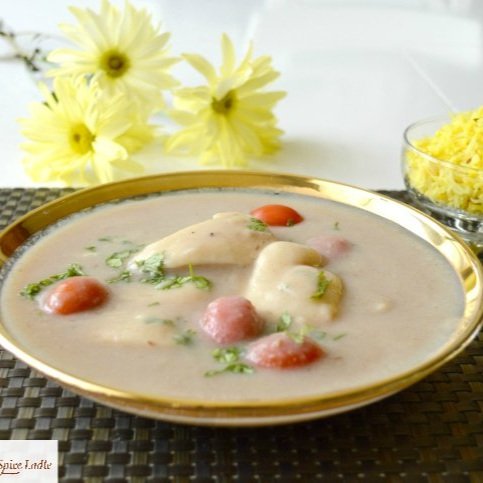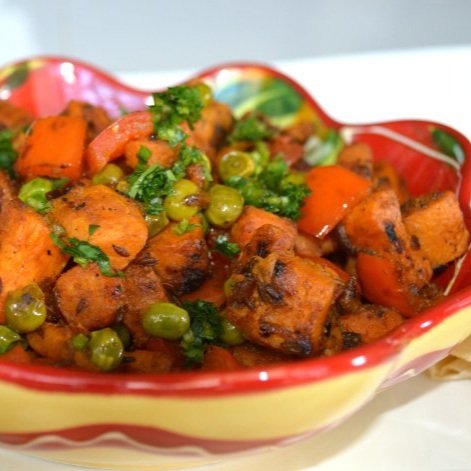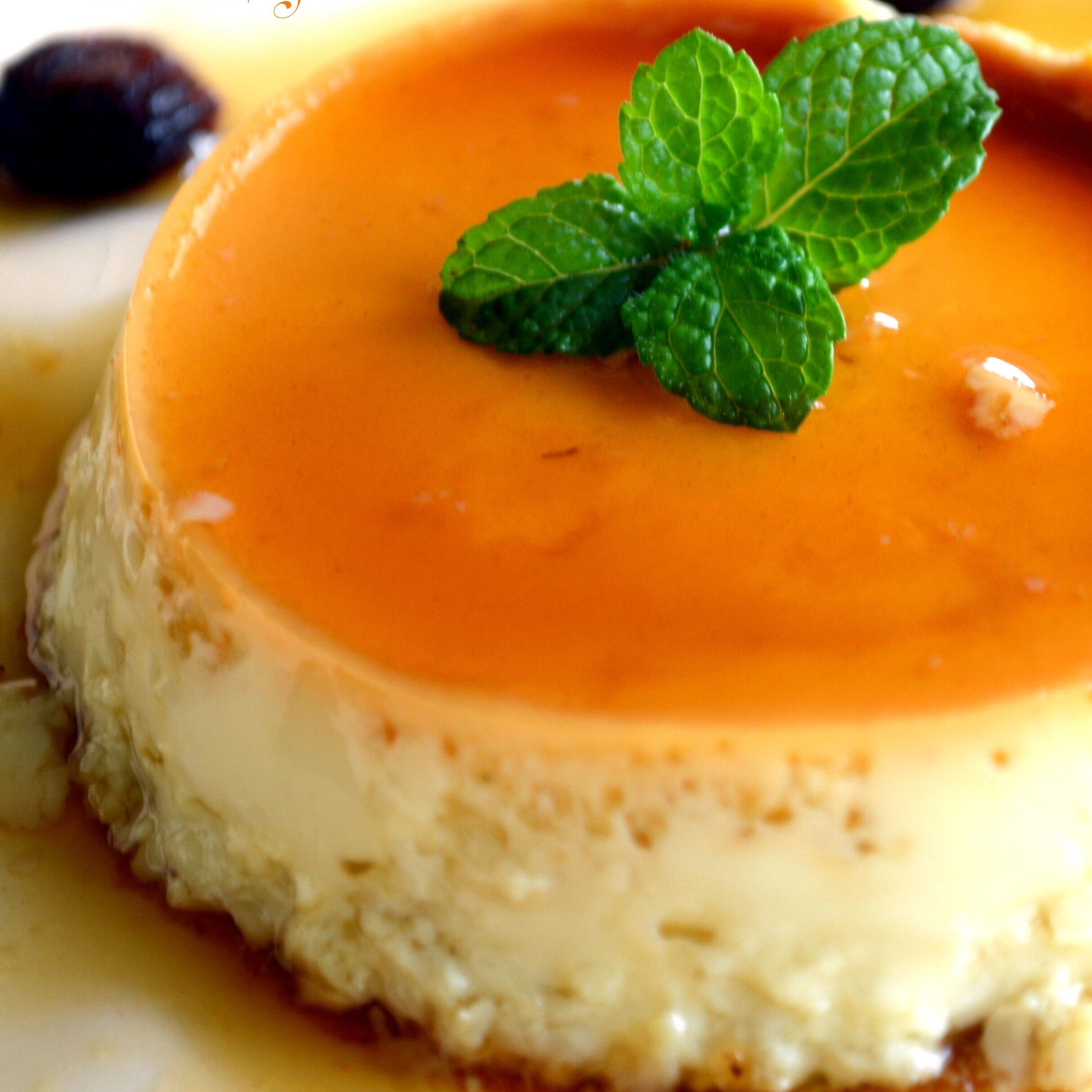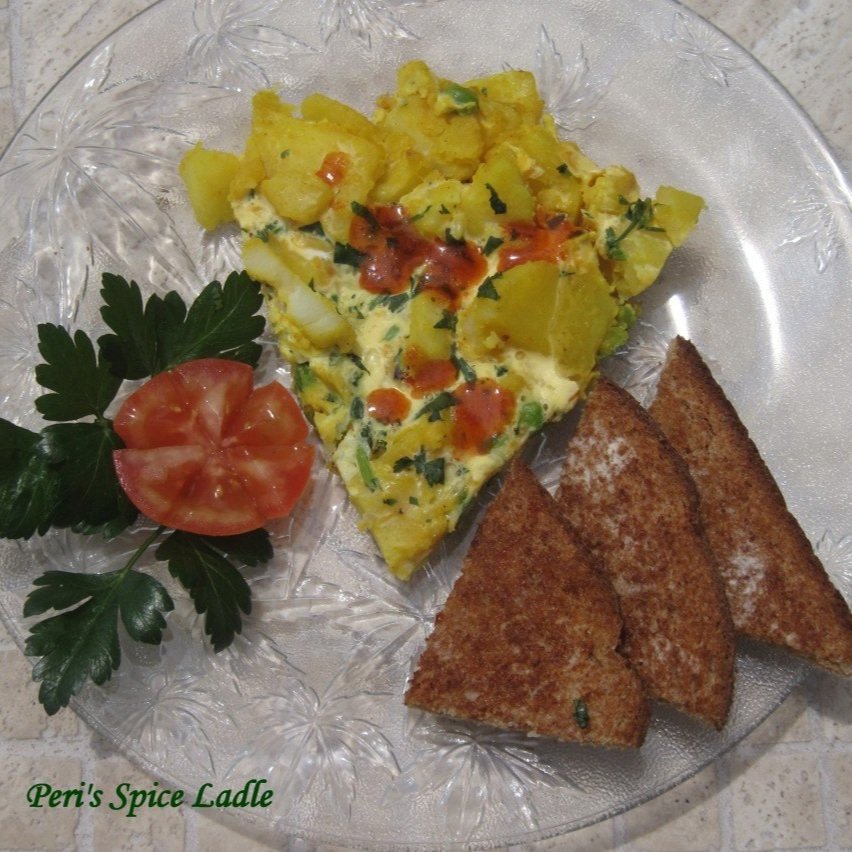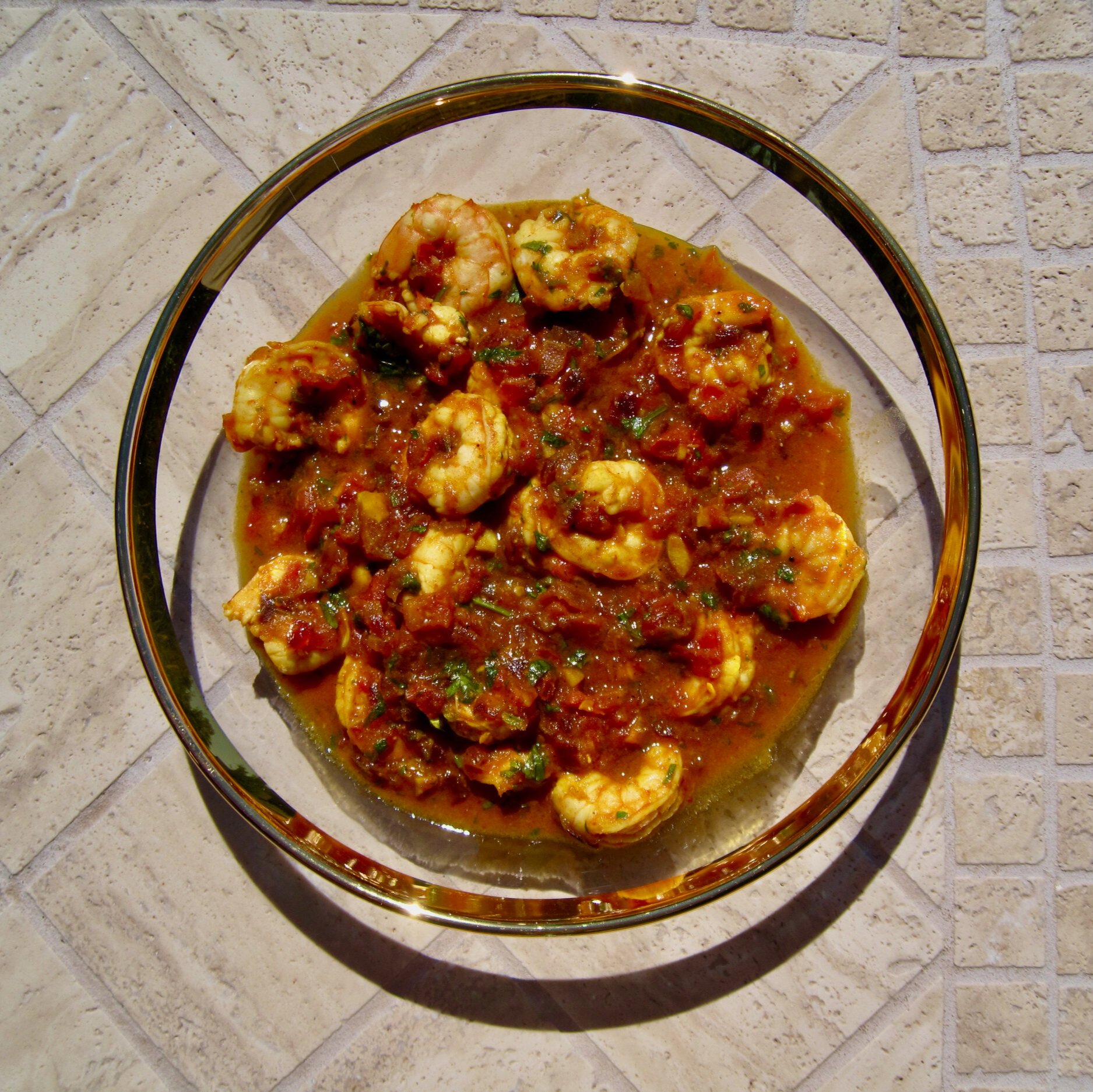What Makes Parsi Food Truly Unique?
During my college years, I believed there was a conspiracy among my friends. Some of them were friendly with me just so that they could get invited to a Parsi occasion. Unlike most Indian weddings, which have gained a reputation for never-seen opulence and pomp, Parsi events are coveted for one simple reason. Delicious. Parsi. Food.
A dear friend who loves Indian food, especially Parsi food, read my post on Mouthwatering Memories from India and suggested I follow it with this article. Her question is- ‘what really distinguishes Parsi food from regular Indian food?’
So for her and all who have this question, here’s what makes my native Parsi cuisine so unique and delicious.
When and how?
We, by which I mean, my ancestors, came to India from Persia around the 8th Century CE. Parsi Zoroastrians follow the teachings of Prophet Zarathustra/Zoroaster and his ancient religion of Zoroastrianism. (Wikipedia offers detailed information on the Parsis of India.) Most settled on the west coast of India and adopted Indian food habits and culture. Over the past 1300 years, thanks to our love for food, Parsi cuisine has grown into a unique west-coast-based Indian regional cuisine that still retains some food flavors and techniques from ancient Persia.
It’s like a slice of history on your plate…and here’s why:
Sev Dahi
Parsi Celebratory Serving of Roasted Vermicelli, Dried Fruits and Nuts,Topped with Cardamom Vanilla Yogurt
Vinegar and Sugar
Many Parsi dishes use this unique balance of acid and sweetness called khattu mithu. A popular Parsi tomato-based curry is the seafood-based Patia; made using this method. Generally, sugar or jaggery will lend a sweet touch, while vinegar or lemon give a hint of tartness.
Predominance of Seafood
There are some very distinctive dried seafood pickles like the Sukha Boomla nu Achar (dried Bombay duck) in our cuisine which are made using seafood and the above-mentioned khattu mithu technique. Growing up, the prawn pickle was a staple at home. Seafood, in general, is seen often in Parsi dishes due to our coastal location in India. Unique and popular fish dishes include green-chutney fish cooked in banana leaf Patra ni Macchi and an egg and vinegar-based white fish curry Saas ni Macchi.
Eggs on Vegetables, Frittata-style
Growing up, I remember my parents putting eggs on everything. I mean it when I say everything! Frothy well-beaten eggs form a delicious layer over many vegetables like okra, tomatoes, potatoes, spinach, ground meat, and a childhood favorite of mine, eggs on chips. You will find a class recording from my Trio of Eggs virtual cooking session covering Parsi-style Omelet, Scrambled Eggs Akuri, and Crepe-style Chapat, all comfort foods that bring back memories of delicious Bhonu.
In what continues to surprise most people, many Parsi traditions require the cracking of raw eggs (with no consumption involved), but that’s another story for another post!
Balance of Dried Fruits, Fresh Fruits, and Nuts
Dried fruit like apricots and raisins, nuts like pistachio and almond appear commonly in Parsi dishes. And it is not uncommon to find fresh fruits like pomegranate and bananas in the food. A boneless lamb preparation using apricots Jardaloo Sali Boti is one of my favorites even today and has often been covered in my virtual cooking sessions.
Bringing Together Meat and Vegetables in One Dish
While many lentil dishes are often paired with meat, the most popular dish is the famous Dhansak is made using lentils, meat, and vegetables. Served with caramelized spiced Basmati rice, this dish truly shows a blend of Indian flavors and Persian techniques. A Dhansak-Rice meal is considered incomplete without a Kachumber salad of chopped onions, cucumber, tomatoes, green chilies, and cilantro leaves with a dressing of salt and cider vinegar or lemon. Join me in preparing an entire Dhansak meal in a cooking class.
Use of Rice or Bread with Food
Unlike most Indian homes which use Indian flatbreads Chapati or Roti with a homemade meal, many Parsi families use regular wheat bread, crusty baguette, or rice preparations with their food. The Parsi Pulao is one such popular rice dish, another version of the Indian rice-and-meat preparation, Biryani.
Custards and Puddings and All Things Sweet!
One of our popular wedding desserts is Lagan nu Custard (wedding custard) which is our take on the Crème Brulee and is made along the lines of Creme Anglaise, most likely inspired by colonial rule in India and the later arrival of Iranian Zoroastrians to the country in the 19th century.
Puddings and custards are a staple in Parsi homes. In fact, any good occasion like a birthday or anniversary will start with a sweet treat like Ravo or Sev-Dahi. My maternal grandmom, fondly called Mamaiji, always had a good stock of pudding (made in the pressure cooker because she didn’t have an oven) and flavored jellies as a ready treat in her refrigerator.
Parsi Zoroastrians follow a simple philosophy to help lead a healthy and happy life “Good Thoughts, Good Words, and Good Deeds”. It is clear, that we Parsis have created Good Food to achieve this credo.
Read my article Shining the Spotlight on Parsi Food in Live Encounters Magazine.



